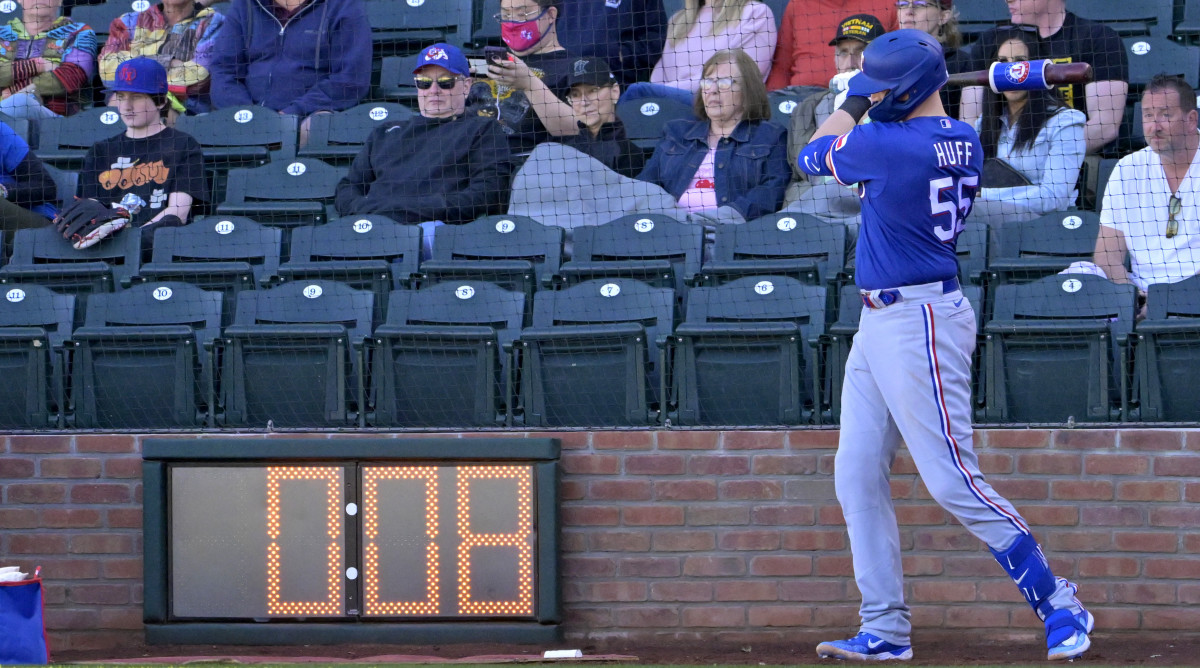MLB Holds Steady on Pitch Timer Thresholds Despite Some Blowback

While MLB tweaks its pitch timer rules “on a daily basis” based on feedback from spring training games, it does not plan to adjust its two major thresholds: 15 seconds with the bases empty and 20 seconds with runners.
The pitch timer generally has been met with rave reviews by players and fans. The average spring training game includes a 12% increase in runs while taking 23 fewer minutes. Some players and staffs find the biggest adjustment comes from the 15-second clock with the bases empty. The hitter must in the box with his eyes directed toward the pitcher with a least eight seconds remaining.

“When you think about it, you only have seven seconds to get ready,” says Padres infielder Jake Cronenworth. “It’s almost too fast. And just having two feet in the box should be enough. If Eric Hosmer has both feet in and he’s adjusting his feet and tapping the plate with his bat as part of his routine, that should not be a violation. It should count as being ready without having eyes on the pitcher. I think a lot of guys would like 20 seconds all the time, especially in the postseason.”
Morgan Sword, MLB executive vice president of baseball operations, said the “eyes on pitcher” mandate is necessary to prevent a pitcher from delivering a pitch when the batter isn’t looking.
“The big stuff [like timings] is pretty much set, but we are making small tweaks/clarifications on a daily basis,” he said via text.
For instance, MLB has clarified how it defines and handles quick pitches and made small tweaks related to when the timer starts and is reset. The 15- and 20-second timers are intended to stay for the regular season and postseason. MLB regards the timer as even more important and necessary in the postseason, when games slowed even more.
“I like it and the pitchers have adjusted well,” Padres pitching coach Ruben Niebla says of the pitch timer. “My only suggestion would be to have one timer, not two. The NFL has one clock. The NBA has one clock. Right now, the pitchers have two rhythms when it comes to the clock and they seem to be more aware of the 15-second timer. Just from a standpoint of consistency of rhythm, one timer might be easier.”
